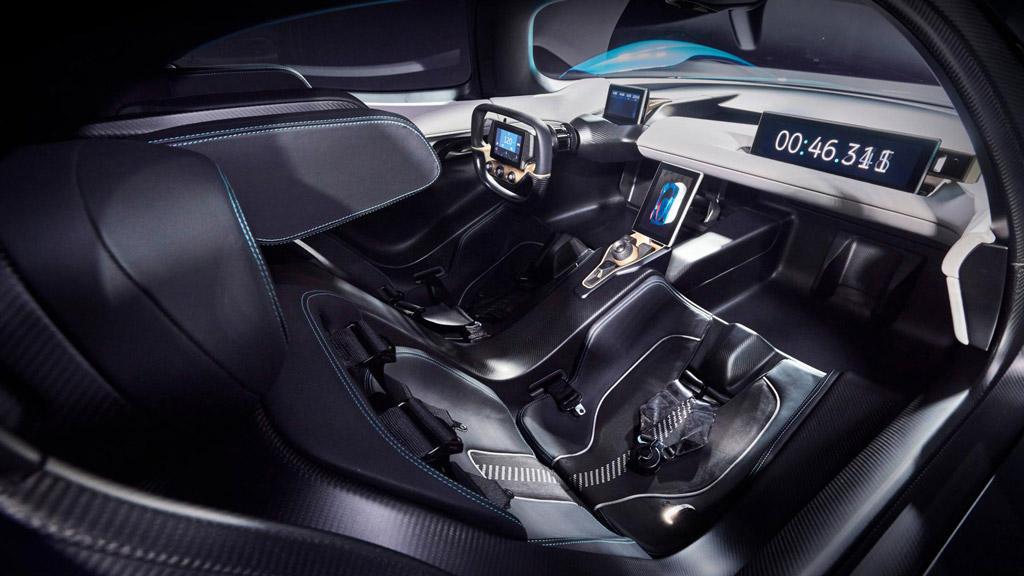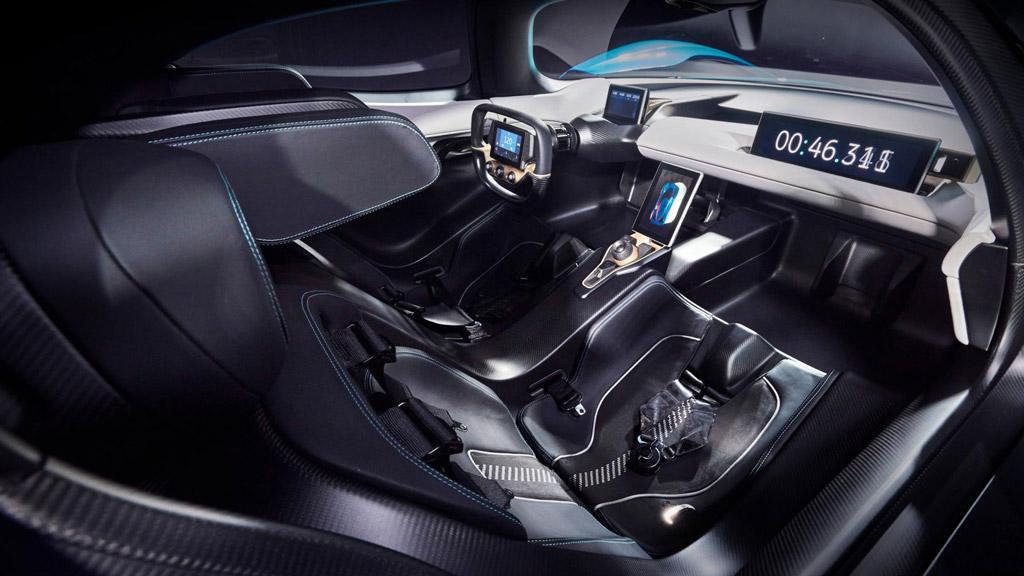
Kenya’s Automobile Industry Thriving, Despite Challenges
Categories
With the latest introduction of one of the luxury car dealer Porsche on its market, the automobile industry in Kenya has been instantly ranked as one of the most dynamic sectors of the East African economy contesting on pricing and brand reputation, despite the challenge related to the availability of spare parts.
Among the key auto industry looking to launch their assembly factory in Kenya in a stir to avoid twenty five percent presently being applied on imported vehicles, it includes India’s Tata Motors which is looking to make strategic investments in East Africa through f ighting for dominance in jeeps and pickup truck market by 2017.
East African Times After Kenya adopted this year a set of fresh policies for stimulating foreign investment in the automobile sector, a number of global automaker are leisurely opening in the East African nation with an ambitions to establish an assembly plant as part of the target to serve the East Africa market.
Latest data released by the Kenya Motor Industry Association (KMI) indicates that the industry which was long been predominated by Toyota (East Africa), Cooper Motors Corporation (CMC), General Motors (GM), Simba Colt and DT Dobie will see the arrival of South Korean auto maker Hyundai Motors.
It is said that the above investment in East Africa of up to twenty two million U.S. dollars over the next three years will be allocated through its subsidiary Hyundai E.A. Holdings Ltd (HEA) to support Hyundai auto sales in the regions and make it lighter to access genuine Hyundai spare parts in the region.
In addition, one of the Nairobi based Mobius Motors has embarked pre-selling its Mobius II model, which offers drivers a very sturdy vehicle capable of tackling Africa’s rough rural terrain and is most importantly the most affordable SUV on the market, at a cost effective price of US$11,000 while this make is usually sold for about US$23,000.
In addition, there are also some signs that the capacity for production is becoming greater than the request where by industrial circles remains optimistic in the brief and medium terms, to practice their sector’s capacity for recovery.
Official Statistics display that presently Kenya’s auto industry is predominated by Toyota, which has a 37.83 percent market share, followed by US General Motors (GM) with 23.47 percent, while Simba Colt has 11.05 percent share on the current markets.
This take-off of this industry went parallel with the relatively economic stability of Kenya which remains sturdy, supported by strong credit growth and a dynamic investment environment.
Presently, Kenya has three motor assemblers, Kenya Vehicle Manufacturer, the Association of Vehicle Assemblers Limited of Mombasa and General Motors East Africa. Investors are targeting the common market of the East African Community that will make lighter the task of dealers to capture a region of more than one hundred thirty million residents across the region. Apart from local assembly plants, other automobiles that are destined for land-locked nations such as Rwanda, Burundi and Uganda and trans-shipped through the ports of Mombasa find their way to the Kenyan market and custom-made duty payment avoided in the process.

